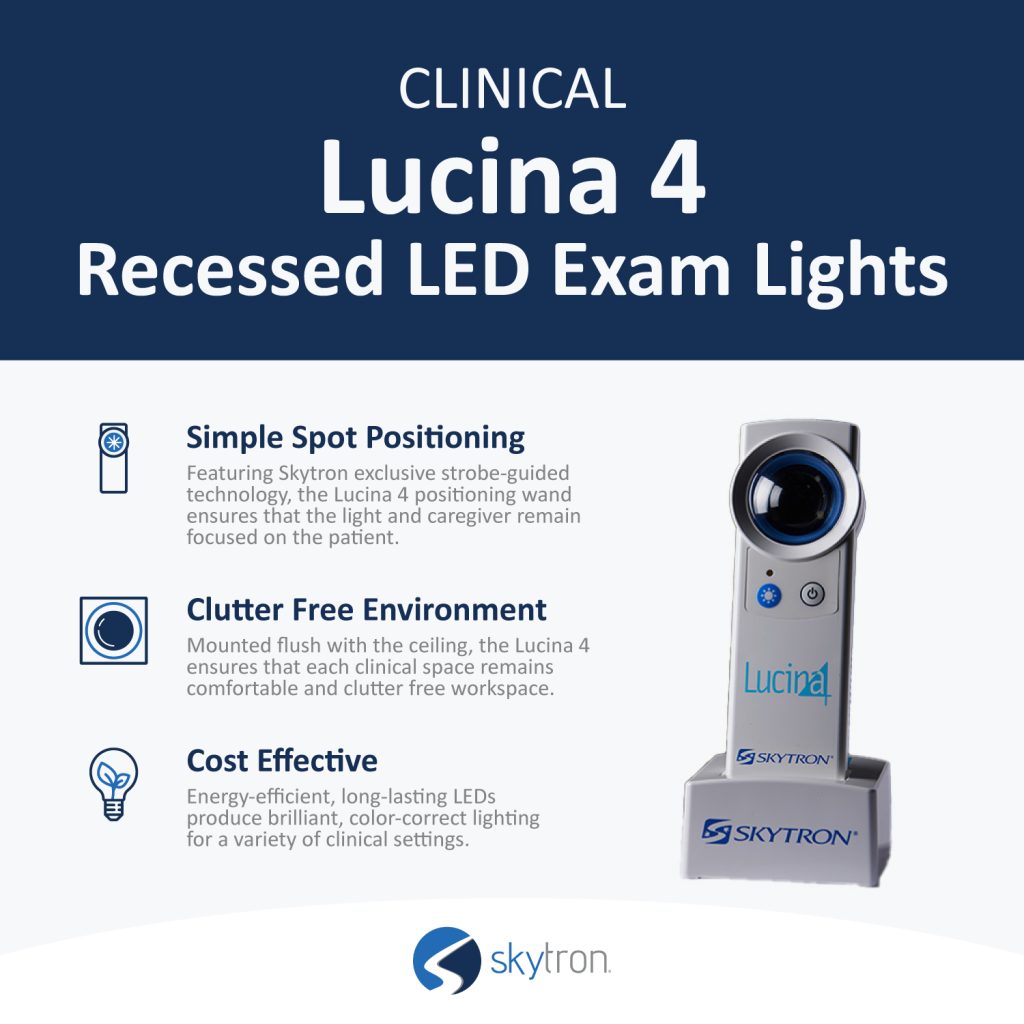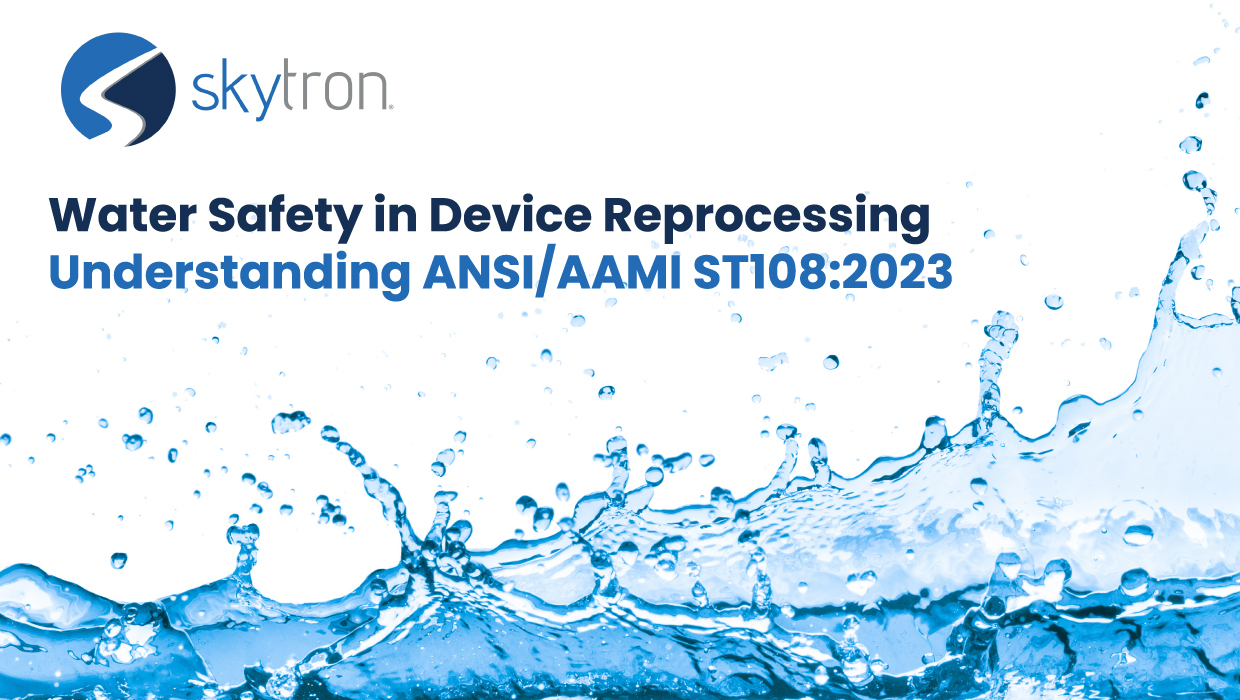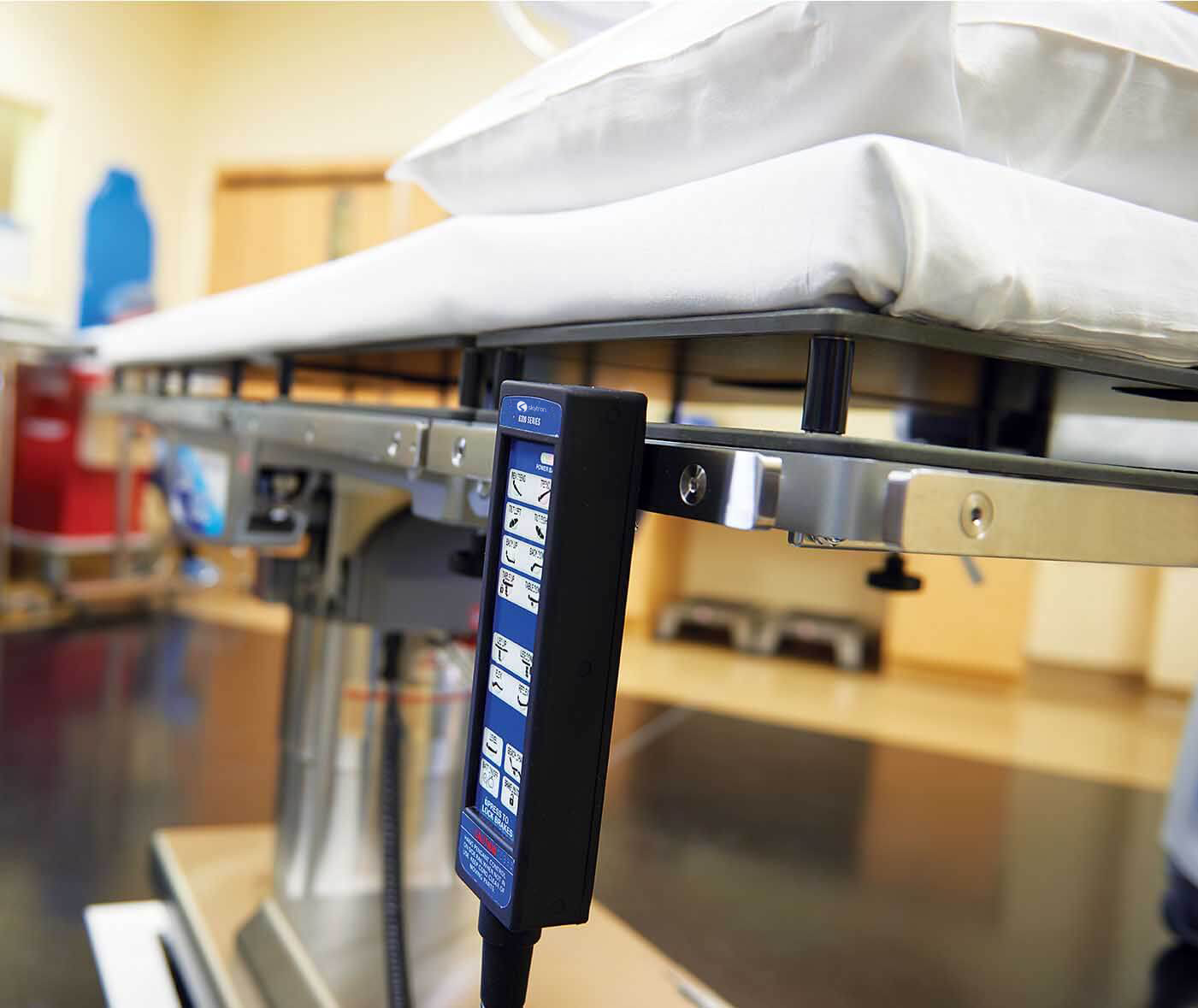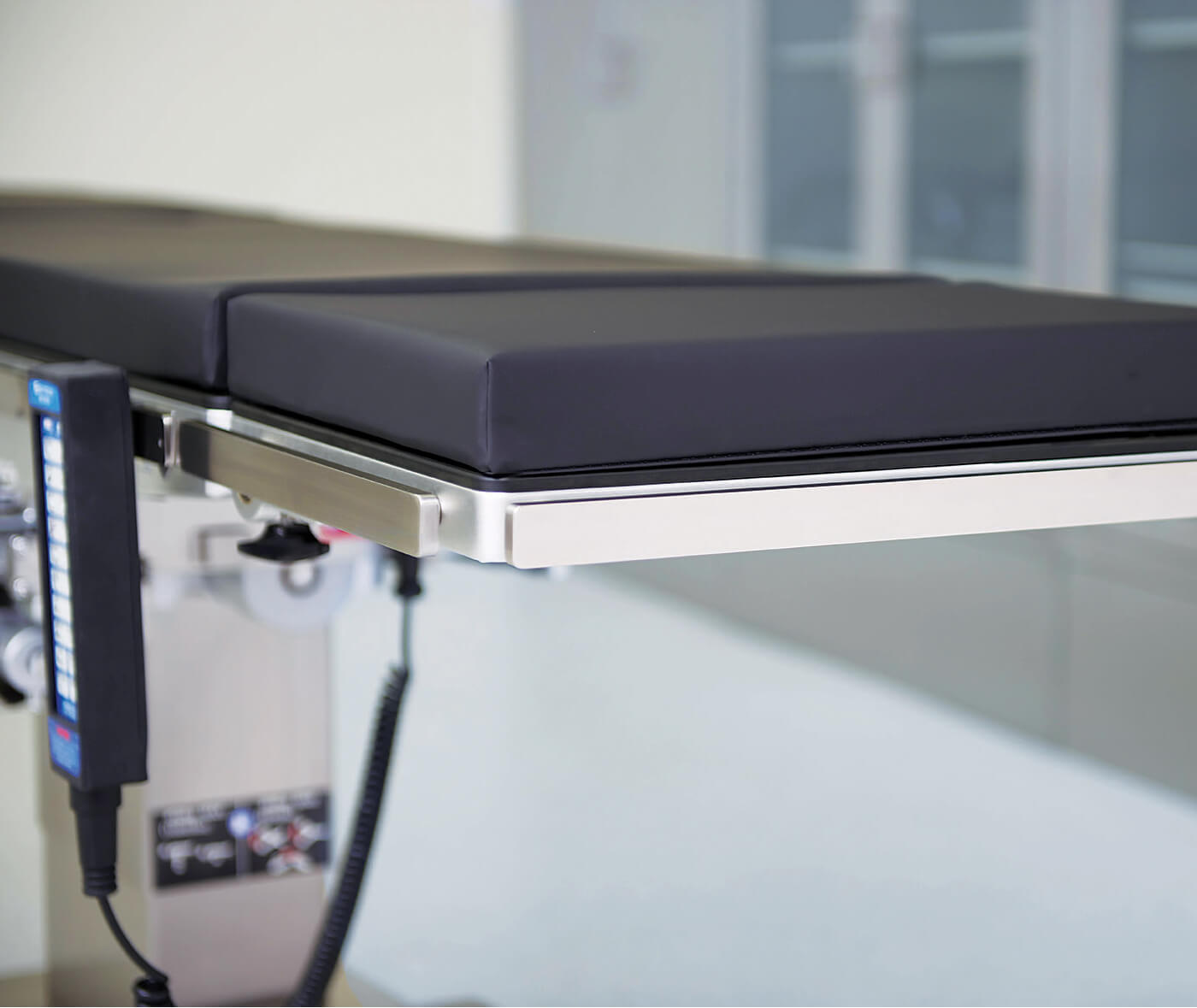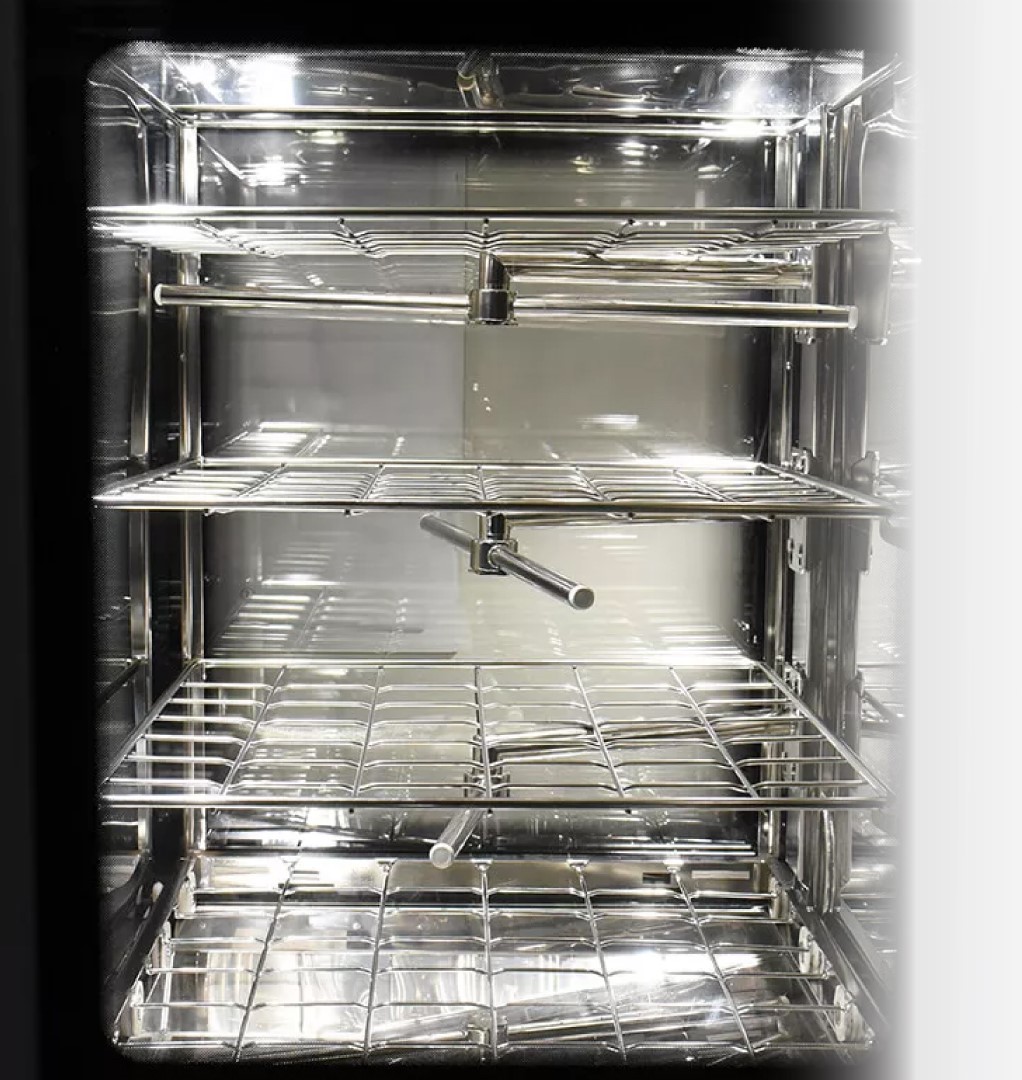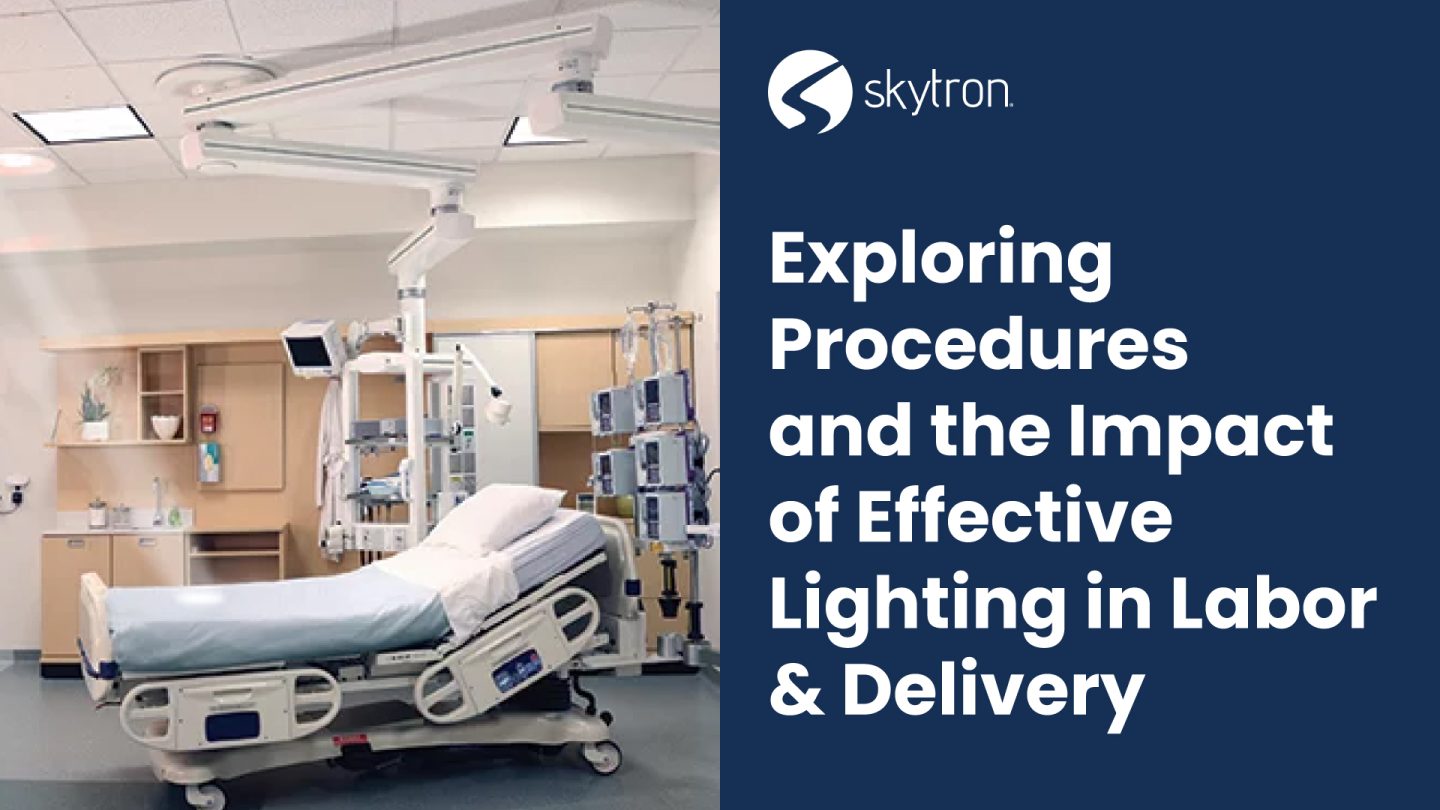
-
Written ByRebecca Kinney
-
PublishedFebruary 7, 2024
Emphasizing the crucial role of quality lighting in Labor and Delivery procedures, enhancing safety, visibility, and the overall birthing experience with solutions like the Lucina 4 LED light.
Quality surgical and diagnostic lighting are imperative in the Labor and Delivery (L & D) setting. When we think of the most memorable events in our lifetimes, childbirth usually falls in the top three for us, whether it’s becoming a mother, father, or grandparent. As a family-owned company, we are honored that our products can be a part of these landmark moments. In this write-up, we will walk through the four main procedures performed in L & D, the key benefits of quality lighting, and the types of lighting typically used. In the end, we will share an incredible story of one mother’s experience with surgical technology that made it possible for her to watch her son’s delivery during her C-section.
Four main procedures performed in Labor and Delivery
-
- Vaginal delivery
In a vaginal birth, the baby is born through the vagina or birth canal. It’s the most preferred and common way to deliver a baby because it carries the lowest risk (in most cases). A vaginal delivery occurs most often between weeks 37 and 42 of pregnancy. A vaginal delivery has three stages: labor, birth, and delivering the placenta. There are about 2.5 million vaginal deliveries in the United States each year. 1
-
- Assisted vaginal delivery (vacuum or forceps)
An assisted vaginal delivery (also known as an operative vaginal delivery) is when an obstetrician uses forceps or a vacuum device to get the baby out of the vagina. Assisted deliveries often happen when someone has been laboring for a long time, labor isn’t progressing, the patient becomes too fatigued to continue pushing, or the baby is showing signs of distress. The incidence of operative vaginal delivery in the United States is
currently estimated at around 5% or approximately 1 in 20 deliveries. 2
-
- C-section (Cesarean birth)
During a C-section birth, an obstetrician delivers the baby through surgical incisions made in the abdomen and uterus. A C-section delivery might be planned if a medical reason calls for it, or it might be unplanned and take place during your labor if certain problems arise. There are about 1.2 million C-section deliveries in the United States each year.1
-
- VBAC (vaginal birth after cesarean)
This occurs when a patient has already had a cesarean birth, and they may be able to have their next baby vaginally. This is a VBAC or vaginal birth after a cesarean. Because a surgical cut results in a scar on your uterus, the concern is that the pressure of labor in a vaginal delivery could cause your uterus to open (rupture) along the previous C-section scar. For this reason, certain criteria must be met for your obstetrician to attempt a vaginal birth after C-section. In the United States in 2022, the rate of vaginal births after a previous cesarean (VBAC) was 14.6 per 100 live births to women who have had a previous cesarean delivery or of all live births.3
Types of Lighting Used:
The lighting used when a birth is not a C-Section usually occurs in the birthing suite and is in-ceiling lighting. This lighting ideally is a guided light beam that can focus on a targeted location. A C-Section occurs in an Operating Room, and traditional surgical lighting is necessary. To learn more about surgical lighting types visit our previous blog for a detailed walkthrough.
Fun Fact: Before electricity allowed lightbulbs to illuminate an operating room, candles were used as a light source during a procedure. Additionally, surgeries were performed during daylight hours so surgeons could use the natural sunlight for illumination.
Key Benefits of Quality Lighting in L & D
When a birthing suite and OR have quality lighting it:
- Allows clinicians to focus light where it’s needed procedurally
- Improves surgical site and delivery visibility, allowing clinicians and the entire team to see fine details clearly
- Enables healthcare professionals to identify and address potential complications promptly
- In surgery, optimal color rendering reproduces colors accurately, allowing surgeons to distinguish tissues and organs with natural color representation
Skytron Lighting Solutions
We want to help your clinicians focus where they need to, and the Lucinia 4 recessed LED exam light is perfect for your birthing suites.
Here’s why:
- Simple Spot Positioning: Featuring Skytron exclusive strobe-guided technology, the Lucina 4 positioning wand ensures that the light and caregiver remain focused on the patient.
- Clutter-Free Environment: Mounted flush with the ceiling, the Lucina 4 ensures that each clinical space remains comfortable and a clutter-free workspace.
- Cost Effective: Energy-efficient, long-lasting LEDs produce brilliant, color-correct lighting for various clinical settings.
- Room aesthetic: Recessed lighting creates a more stress-free, lower light environment conducive to a better L & D experience
To see it in action, visit here.
Storytime
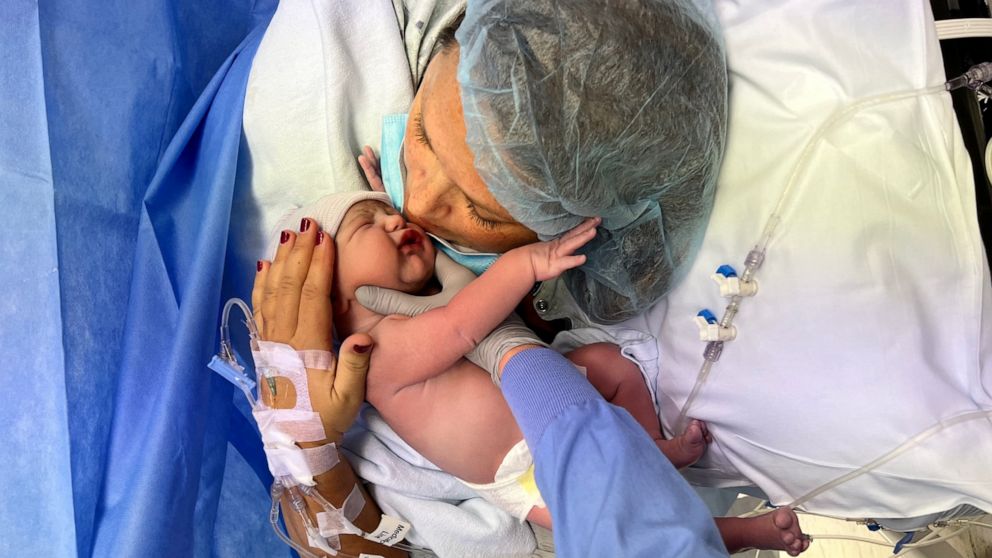
Corewell Health Butterworth Hospital in Grand Rapids, Michigan, pioneered a groundbreaking approach to cesarean section (C-section) deliveries by offering birthing parents the opportunity to watch the procedure on a monitor display. Amanda Koop, a mother who had an unplanned C-section at the hospital, shared her positive experience of witnessing the birth of her son, Charlie, via a camera and screen. The hospital utilizes a surgical camera and monitor system typically used in other procedures, allowing expectant parents to observe critical moments such as the baby’s first breath. Dr. Cheryl Wolfe, a board-certified OBGYN and vice president at Corewell Health, highlighted the hospital’s unique use of this technology in C-sections, aiming to make the experience more personal for parents undergoing unplanned surgical deliveries. Corewell Health Butterworth hopes to set a precedent, advocating for integrating surgical camera technology in C-sections nationwide. This innovative approach provides parents with a more inclusive and reassuring experience during unexpected surgical procedures, contributing to a positive and memorable birthing experience.
To watch the news story or read the article, visit here.
In conclusion, quality surgical and diagnostic lighting is pivotal in Labor and Delivery (L & D) to ensure successful outcomes and positive birthing experiences. From various L & D procedures to the types of lighting used, illumination is crucial for visibility, procedural needs, and addressing complications promptly. Skytron, as a family-owned company, is honored to contribute to these moments with the Lucina 4 recessed LED exam light designed for birthing suites, as well as our operating room lighting solutions.
